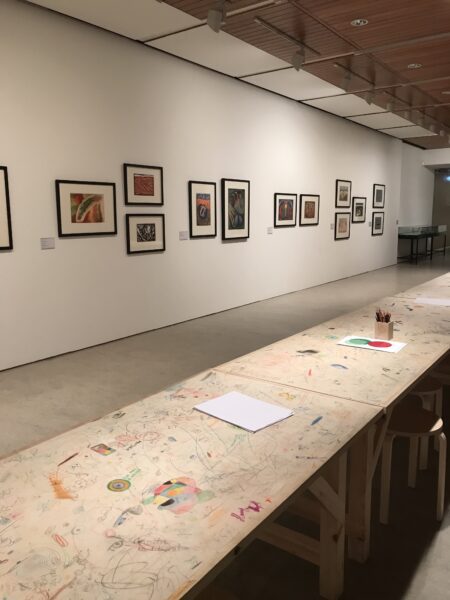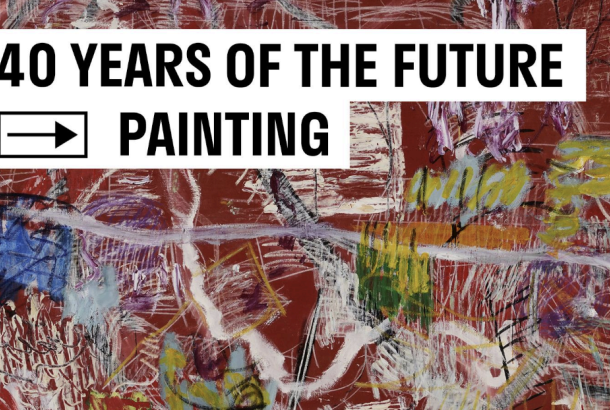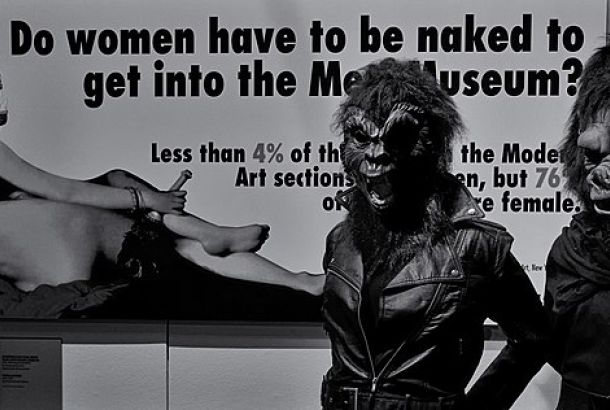Pearl Alcock: The colourful artist you’ve probably never heard of

Art is pretentious. It can be inaccessible. Looking at art, especially modern art, can feel like you’re observing an exclusive club that you don’t quite get.
The Whitworth, however, is attempting to facilitate a new era of “useful art”, an idea championed by its director, Alistair Hudson. Recent installations have shown a diverse range of artists, who have many stories to tell. The exhibitions at the Whitworth have a clear collective message: art is everyone. Visual art is not just to be made by those who have had the privilege to go to art school, to be celebrated by those ‘in the know’. Art is instinctual. And, for many of us, it is an instinct that is quashed as we get older.

Pearl Alcock’s work, then, is refreshing. Her work is categorised ‘outsider art’ due to her lack of training. She started at 50, after making a birthday card for a friend as she couldn’t afford to buy one after trade in her coffee shop ceased in the 1980s, post-Brixton riots. From there, Alcock’s art depicted her visions and moods, expressed in vibrant colour.
The colour is easily the most striking aspect of Alcock’s work. Her use of colour allows her works to transport you into her visions. Somehow, Alcock managed to create a sense of place beyond merely the visual, demonstrated in works like Tombs of the Past and Two Little Blue Houses.
Delightfully, Alcock’s outsider art continually used familiar and accessible materials. Instead of oils or tempera, Alcock used crayons and felt-tips. The obvious strokes result in a naive effect, however, it demonstrates a sense that Alcock was less interested in the modes of art, and was instead expressing an authentic representation of the visions that came to her. There is a sense that the processes and the finishes of the art were not a priority of Alcock’s; expression is everything.
Almost as colourful as Alcock’s art was her life. She was a Jamaican who came to Britain with £5 to her name, part of the Windrush generation. She opened a dress boutique in Brixton, then a cafe on the same road. Underneath the boutique, however, was an illegal club, Shebeen, that acted as a refuge for local gay men.
Such a vibrant and exciting life seems poorly represented in the Whitworth’s exhibition of her life. While the white walls of the gallery do emphasise the colour of her work, it also feels like her work has been institutionalised. Equally, the silence of the space makes the works feel like they need sombre contemplation. Music, like that at Shebeen, would much better facilitate the spirit of the work taking over the gallery space.

The greatest victory of the Whitworth’s display, however, is the long tables that invite visitors to express themselves on paper. A seemingly common medium for the artistic impulses is on the tables themselves, which are graffitied like school tables with XR symbols and meme references. The space, with the encouragement of Alcock’s work surrounding us, encourages us to express our artistic impulses, regardless of our experience. Isn’t that what outsider art is all about?
Pearl Alcock will be on display at the Whitworth until 12th January 2020.







